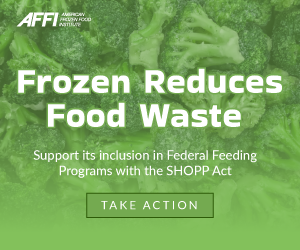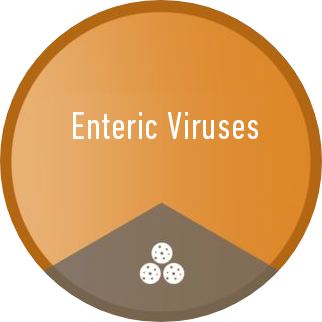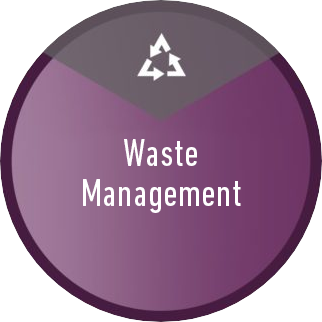Pre Harvest
Pre Harvest
Post-harvest: Resource materials include management of personnel, proper clean-up and disinfection methods, and food handling education and training materials.
Pre Harvest Recommendations
Recommendations
To download these free resources, please login as an AFFI member or create a non-member profile first.
Children and Babies in the Farm
Pre-Harvest
According to WHO, children under the age of six that may be infected with enteric viruses do not typically experience noticeable symptoms. Young children, infants, and babies should therefore not be allowed in the farm areas as they pose the risk of spreading Hepatitis A or Norovirus infections or contaminating food 1. Ensure that young children, infants, and babies are not present on the fields.
Employee Training
Pre-Harvest
Improper personal hygiene practices in restrooms and bathrooms present a significant risk of spreading enteric virus infection and contaminating food 1. Train and reinforce the importance of using bathroom facilities prior to harvesting activities. 2. Ensure all bathrooms are clean and in hygienic condition 3. Ensure sufficient sanitation stations are available within a reasonable proximity to work areas in the field to encourage field workers to follow hygiene policies.
Monitoring Employee Health
Pre-Harvest
Monitoring employee health conditions, especially prior to harvest, helps preclude sick employees from coming to work and potentially infecting other employees and contaminating food
1. Farm management should incorporate active health monitoring systems.
2. Operations should develop a detailed employee health monitoring procedure.
3. All health monitoring activities should be documented and stored for easy retrieval
Training Team Leader
Pre-Harvest
Designated Training Team and Leader 1. Management should assign a specific group of competent individuals and a team leader such as a farm manager with the responsibility of implementing proper hygiene practices among workers and visitors.
Worker Health and Hygiene Training
Pre-Harvest
Worker Health and Hygiene Training Requirements
Employee Hygiene and Health Training (AFFI)
Guide to Minimize Microbial Food Safety Hazards (FDA)
Worker Hygiene Assessment and Training (AFFI)
Worker Health and Hygiene Library (AFFI)
1. Provide annual training to all farm workers regarding the hygiene procedures to be followed during harvesting and product handling activities.
Worker Health and Hygiene Hazard Assessment
Pre-Harvest
Health and Hygiene Hazard Assessment in the Farm 1. Conduct and record a hygiene hazard assessment covering physical, chemical (incl. allergens) and microbiological contaminants, spillage of bodily fluids (e.g.: vomiting, bleeding), and human transmissible diseases, customized to the products and processes.
Worker Health and Hygiene Training Methods
Worker Health and Hygiene Training 1. Workers should be trained using written documents and infographics to outline how workers can prevent physical (e.g. snails, stones, insects, knives, fruit residues, watches, mobile phones, etc.), microbiological and chemical contamination of the product during harvesting. 2. Education and training materials should be provided in multiple languages to meet worker needs.










